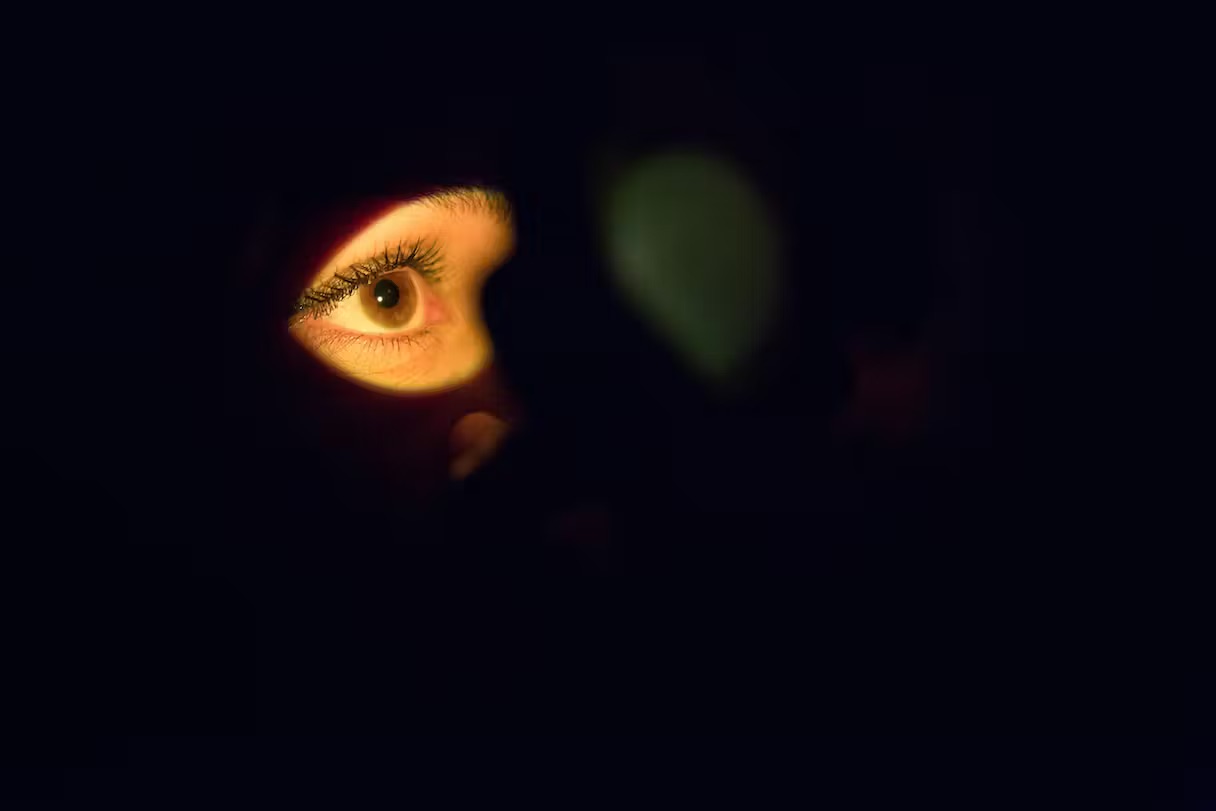
As attention spans drop to 1 second, can AR stop the scroll?

Author: Alex Carapiat, Head of Social, published on August 4, 2023
As attention spans drop to 1 second, can AR stop the scroll?
According to some researchers, most digital ads fail to capture even a second of attention. Why? Blame short-form video, says Alex Carapiet of Seed (of the Amplify family). But can augmented reality cut through?
On social media, there’s a lot of focus on gen Z's dwindling attention. However, for brands to understand how to grab users’ engagement on social media, it’s crucial they reflect on why it’s shrinking.
The root cause? Short-form video.
In recent years, social media platforms like Meta, TikTok, and YouTube have undergone a fundamental shift. They’ve evolved from being mere community hubs, into powerful trend engines. These platforms employ algorithms to curate personalized video content for users, with the sole purpose of captivating their attention. In essence, what we perceive as social media today can be more aptly described as recommendation media.
Now, while it may appear that gen Z is deeply engaged with social media, the truth is often more nuanced. A recent Mintel Report revealed that a significant majority of UK gen Zers – 71% for Snapchat, 71% for Instagram, and a staggering 76% for TikTok – open these apps multiple times a day. We can all relate to mindlessly scrolling through TikTok, closing the app, and unconsciously reopening it, hoping for fresh and exciting content to consume. It’s akin to rummaging through the fridge when we're home alone, seeking that unexpected treat.
Augmented reality and the one-second attention span
A study conducted by Yahoo and OMD Worldwide has shed light on gen Z's incredibly short attention span of just one second when it comes to advertisements, the shortest among all age groups, where many ads are considered optional due to the prevalence of skippable formats on YouTube and vertical scrolling on TikTok.
Gen Z is quick to decide whether something piques their interest, and they move on swiftly from anything that fails to. Consequently, marketers believe they must adapt their strategies to focus on ad formats that are shorter than 15 seconds, as this seems to be the most effective way to connect with this demographic.
If brands want to truly capture the attention of these perpetual scrollers, they must break free from the confines of the social media feed. It's time to explore innovative avenues that offer users immersive and engaging experiences. Augmented reality (AR) emerges as a powerful tool for achieving this objective. One standout brand that has successfully harnessed AR is Dior. Its filters enable virtual try-ons of clothing and accessories, but what sets the brand apart is its integration of AR into the in-store experience, allowing an extension of a real-world interaction, adding an additional layer of interest to other experiences.
The ‘Dream in Dior’ campaign masterfully bridged the physical and digital worlds, using six AR effects. These effects, inspired by Pietro Ruffo's artwork, transformed Dior stores, delighted shoppers, and engaged followers on Instagram, creating a truly immersive experience. The campaign’s success, marked by over 84,000 Instagram posts tagged #DreaminDior, can be attributed to its innovative use of AR technology to enhance both in-store and online customer experiences. By seamlessly integrating the physical and digital realms, the campaign offered a unique, interactive, and memorable brand experience, demonstrating the power and potential of truly immersive social media campaigns.
Keep it simple
While AR may seem daunting for some marketers, it’s important to recognize that impactful social media campaigns don’t always require complex technological integrations. In fact, simplicity can often be the key. Consider the recent Barbie Selfie Generator, the standout feature in the Barbie movie’s string of marketing triumphs. With its broad appeal and easy usability, Warner Bros and Mattel tapped into the nostalgia of Barbie, emphasizing cultural diversity, individuality, and self-expression to target millennials. Fans accessed it via a simple landing page, creating personalized Barbie tiles with their own image, backgrounds, and customizable text. Interactivity and personalization drove user engagement, generating shareable content for all. The movie cast's active involvement amplified reach, with inspiring women like Viola Davis resharing the memes. This user-friendly, creatively nostalgic approach exemplifies captivating social media marketing.
Brands like Ryanair and M&S Romford are also exemplifying innovative ways to communicate directly with audiences, abandoning the trappings of traditional advertising in favor of interactive content on platforms like TikTok. Their distinct success rests upon authentic, localized content which resonates deeply with audiences, establishing a unique voice that strengthens customer-brand relationships and fuels brand loyalty.
Ryanair, with its humor-infused, self-aware content, engages users in real time, inviting interaction and conversation. M&S Romford has adopted a similar approach, using a localized voice to curate a personalized shopping experience that resonates with followers, making customers feel seen and understood. This humanized approach to digital marketing amplifies brand visibility and fosters a sense of community and connection among users. While the distinctive localization strategies deployed by brands like M&S may be imitable, the essence of their success lies in genuine, engaging, and contextually relevant content – a model that other brands would do well to heed and adapt (rather than merely mimic).
In a bustling digital landscape, attention is a precious commodity that needs to be earned. Brands must innovate and adapt, crafting engaging, personalized content and exploring emerging technologies like AR to provide immersive experiences that seamlessly blend the physical and digital worlds.
As consumer habits and platforms continue to evolve, brands that can effectively engage users in this era of fleeting attention will flourish. The future of media and creative industries will be significantly shaped by these trends, with a sustained emphasis on personalization, interactivity, and immersive experiences.
Attention spans may continue to shrink, with users potentially disengaging from ads within a mere second. This underscores the importance of keeping experiences interactive and engaging from the get-go, and the need for brands to stay ahead of the curve in this ever-evolving digital landscape.